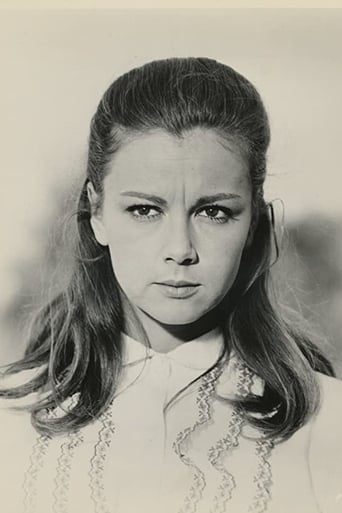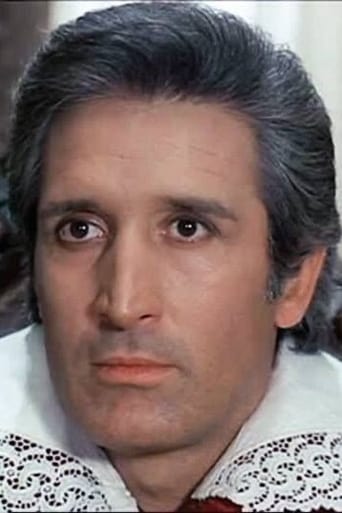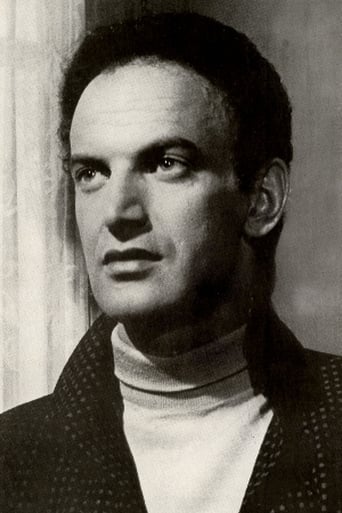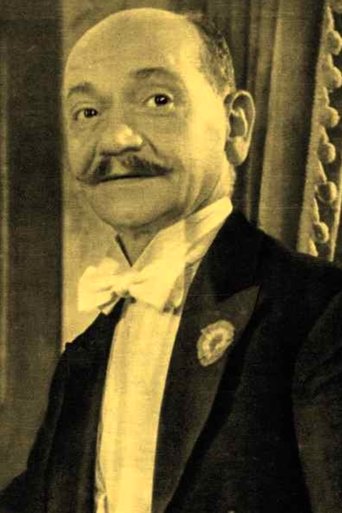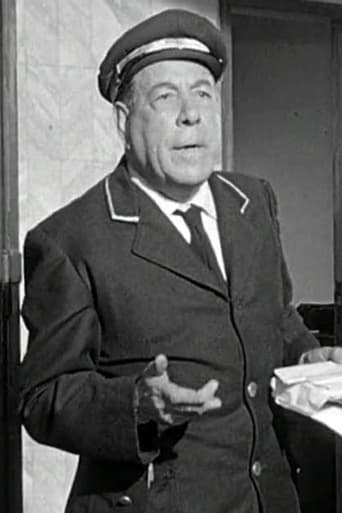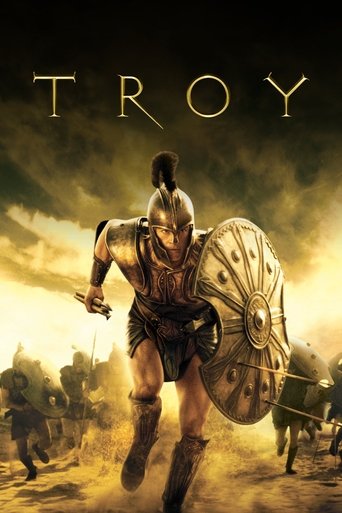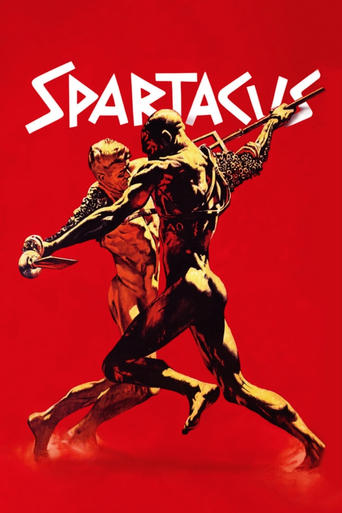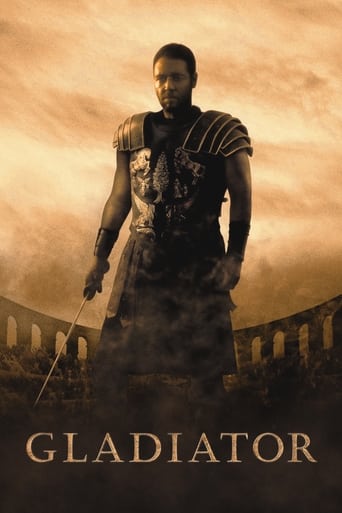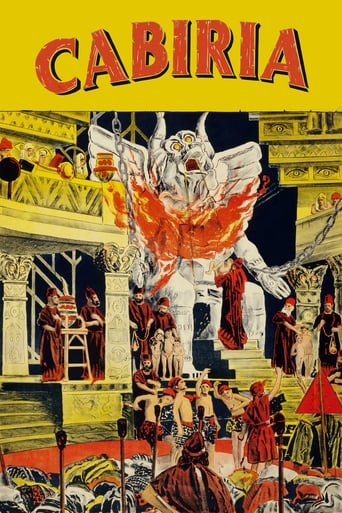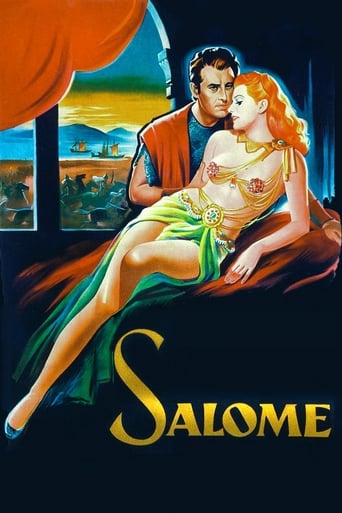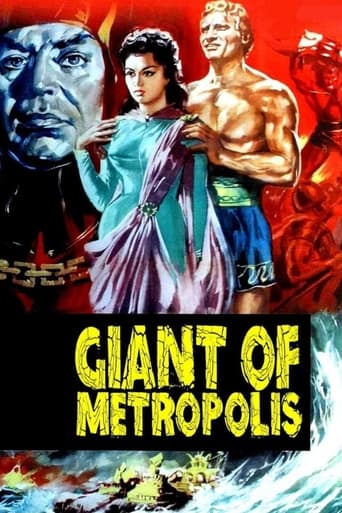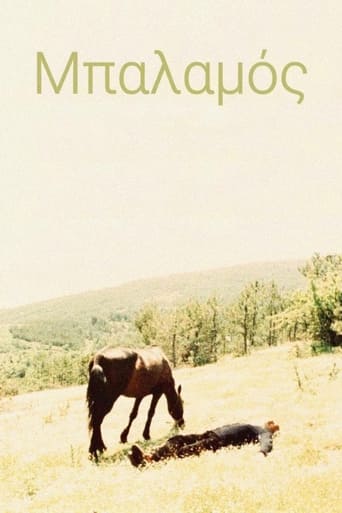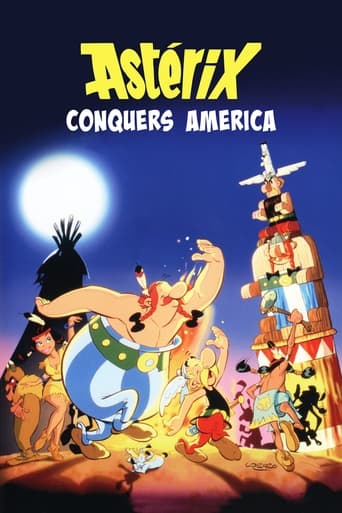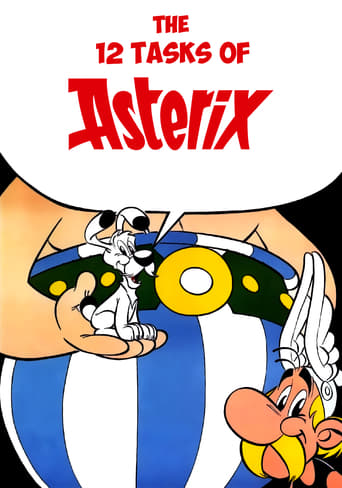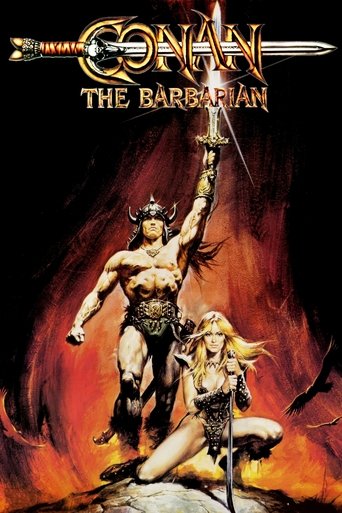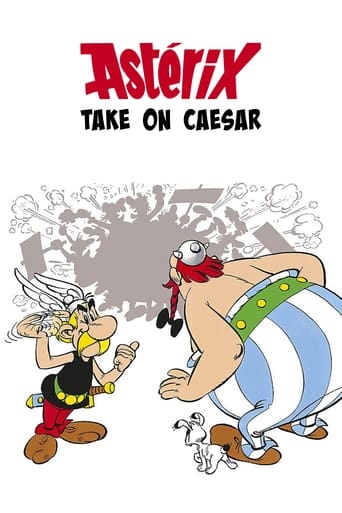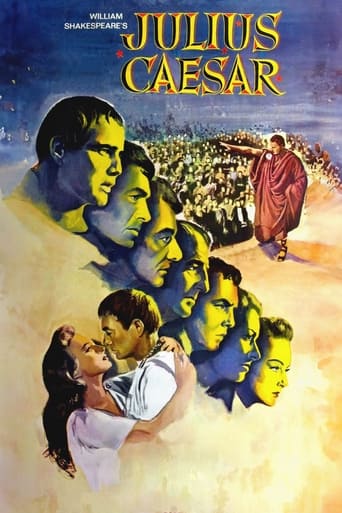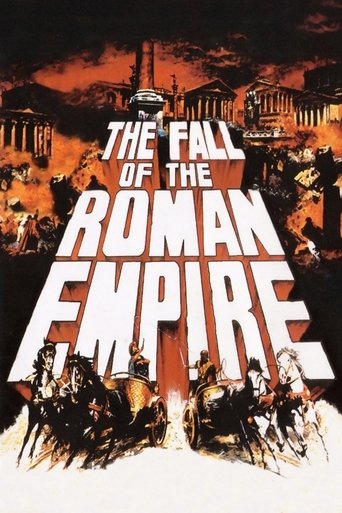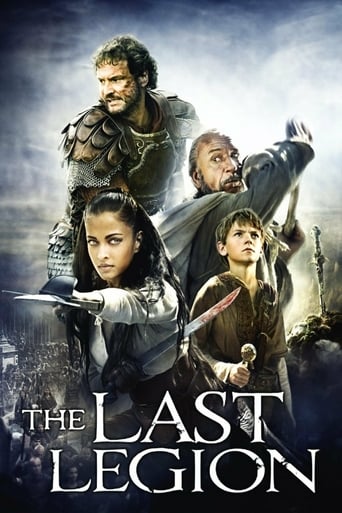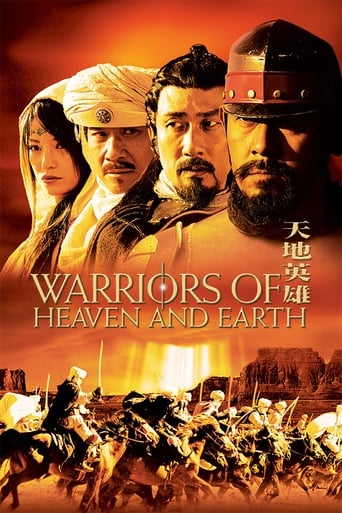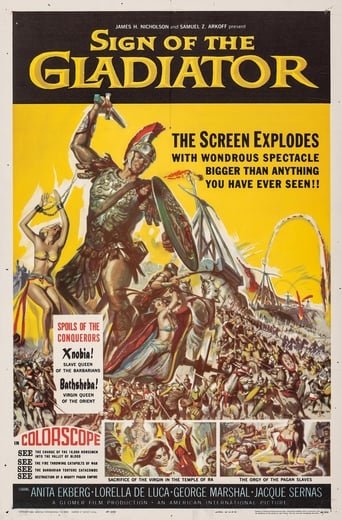
Sign of the Gladiator (1959)
Zenobia, Queen of Palmira, revolts against Rome and defeats the Roman troops, but she makes a big mistake when she falls in love with enemy officer Marco Valerio.
- Guido Brignone
- Gigliola Rosmino
- Riccardo Freda
- Michele Lupo
- Michelangelo Antonioni
- Francesco Thellung
- Francesco Thellung
- Guido Brignone
- Sergio Leone
- Francesco De Feo
- Giuseppe Mangione
- Guido Brignone
- Sergio Leone
- Giuseppe Mangione
- Francesco De Feo
Rating: 4.444/10 by 9 users
Alternative Title:
Sheba and the Gladiator - US
Sign of Rome - US
La regina del deserto - IT
Sob o Signo de Roma - BR
I sklava tis Anatolis - GR
I vasilissa tis erimou - GR
Country:
Germany
France
Italy
Language:
Italiano
Runtime: 01 hour 38 minutes
Budget: $0
Revenue: $0
Plot Keyword: gladiator, roman empire, ancient rome, peplum, 3rd century
Roman consul "Marcus Valerio" (Georges Marchal) finds himself captured and tortured by "Zenobia" (Anita Ekberg), the warlike Queen of the rebelling Palmyra. Rather than just crucify him, though, she reckons he might be of some use as they plan to defeat their enemy in an even bigger battle yet to come and so secure their freedom. He's very easy on the eye is old "Marcus", and the Queen promptly takes a bit of a shine to him - despite the protestations of her scheming minster "Semanzio" (Folco Lulli). Pretty swiftly we are let into the truth about the Roman's mission in her kingdom, but just as with the queen, he too is becoming just a bit conflicted. Can he save her without losing his honour and betraying his own people? Can she survive the machinations of her warlike advisor and save her new love? Well none of that is really in jeopardy at any point in this amiably colourful piece of peplum, but the writing (from Sergio Leone, no less) and the acting are really pretty woeful and there's not the slightest jot of chemistry between the wooden as a post Marchal and an Ekberg who really did look like she was there for the cash and the holiday. There are some enjoyably photographed and staged battle scenes at the end with flames and catapults a-plenty and though it could never be called good, it's by no means the worst of these 1950s sword and sandal efforts.





